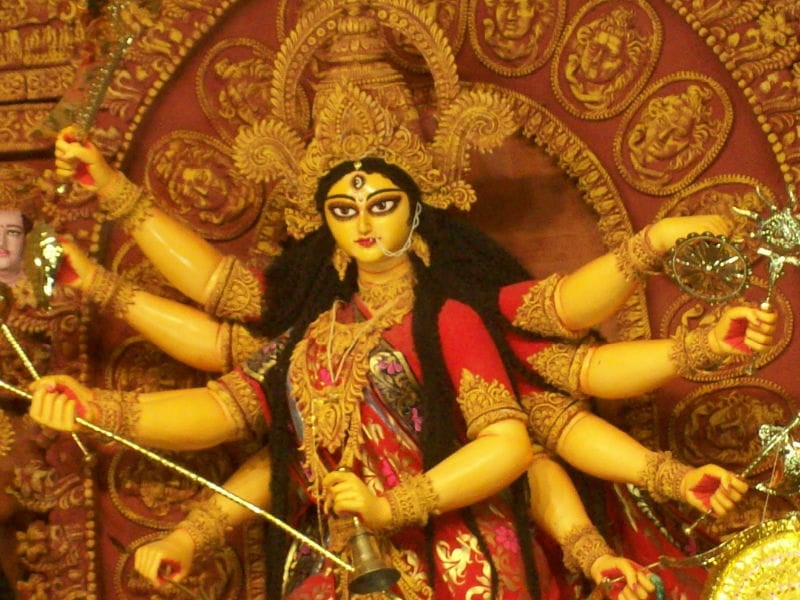No less than 95 percent of its members have "some post-college education," reports researcher Daniel Jasper, quoting the national coordinator of the Hindu sect that owns this house of worship and 21 others scattered around the United States.
Most of their members hail from the western Indian state of Gujarat.
This nugget about a temple with so many smart parishioners was among a number of surprising data Jasper presented at the conclusion of a three-year study funded by the Pew Charitable Trusts.
Jasper also showed that at least South Asian Hindus -- as opposed to their co-religionists from Trinidad and Guyana -- maintained their religion-based class distinction after settling in America.
"Nearly all (respondents) emphasized that caste still structures interpersonal relationships among Hindus in New York," he reported. "Some argued it was worse here than in India."
This seemed to square with the observation of other researchers involved in this project that Raymond Williams, a founding father of Cultural Studies, had a point when he wrote decades ago, "immigrants are more religious than they were before they left home."
The term, "religious," refers in this context to the way faith traditions are being maintained, since social science does not have the tools to plumb the depth of a person's belief.
In fact, one particularly impressive temple in Queens, N.Y., is dedicated to the poet, singer and cobbler Ravidas, who lived in the 15th or 16th centuries -- no precise dates are known -- and railed in his verses against caste strictures:
"Compare to God, everyone is untouchable, yet all are touched by God."
The Dalits, or untouchables, in the northern Indian state of Punjab now venerate Ravidas as a saint, as do their compatriots in New York. Hence New York possesses a temple frequented almost exclusively by untouchables -- the temple in Queens.
Jasper notes one curious aspect about this phenomenon: While South Asian Hindus in the United States stick to their caste system, it has largely broken down among their co-religionists from the Caribbean nations of Trinidad and Guyana.
According to the 2000 U.S. census, the South Asian Indian community in the United States numbers almost 1.7 million of whom some 252,000 live in New York state, 169,000 in New Jersey and almost 23,700 in Connecticut.
In addition to these, there is a sizeable community of descendants of indentured laborers Britain had shipped from India to Guyana and Trinidad after the abolition of slavery, where they now make up 51 percent and 40 percent of the population, respectively.
Their language is English but they use Sanskrit for rituals. This community, too, maintains many prominent Hindu temples, against chiefly in Queens. But the South Asian communities do not participate in celebrations, such as processions, organized by these temples.
Writes Jasper, "South Indian and Indo-Caribbean Hindus have voiced the idea to me that 'they don't think what we do is Hinduism, and we don't think they are very good Hindus.'"
According to Jasper, while not always communicating with one another, New York Hindus are nevertheless engaged in interfaith dialogues.
This is the case with the (East Asian) Ganesha Temple, which stands on the grounds of a former Russian Orthodox church and is one of the largest Hindu institutions and a leading voice of Hinduism in the New York Metropolitan area. It maintains a standing committee that meets with other religious groups.
Like his colleagues researching other immigrant religious groups, Jasper observes "the close affinity between religious identity and regional, linguistic, or national identity that has developed in Hindu New York.
But he predicts that this will diminish "as the second generation becomes more prominent."
And thus Hinduism in the United States will develop in a way similar to much of Catholicism, Lutheranism or Judaism in earlier times -- it, too, is set to become an American religion.

